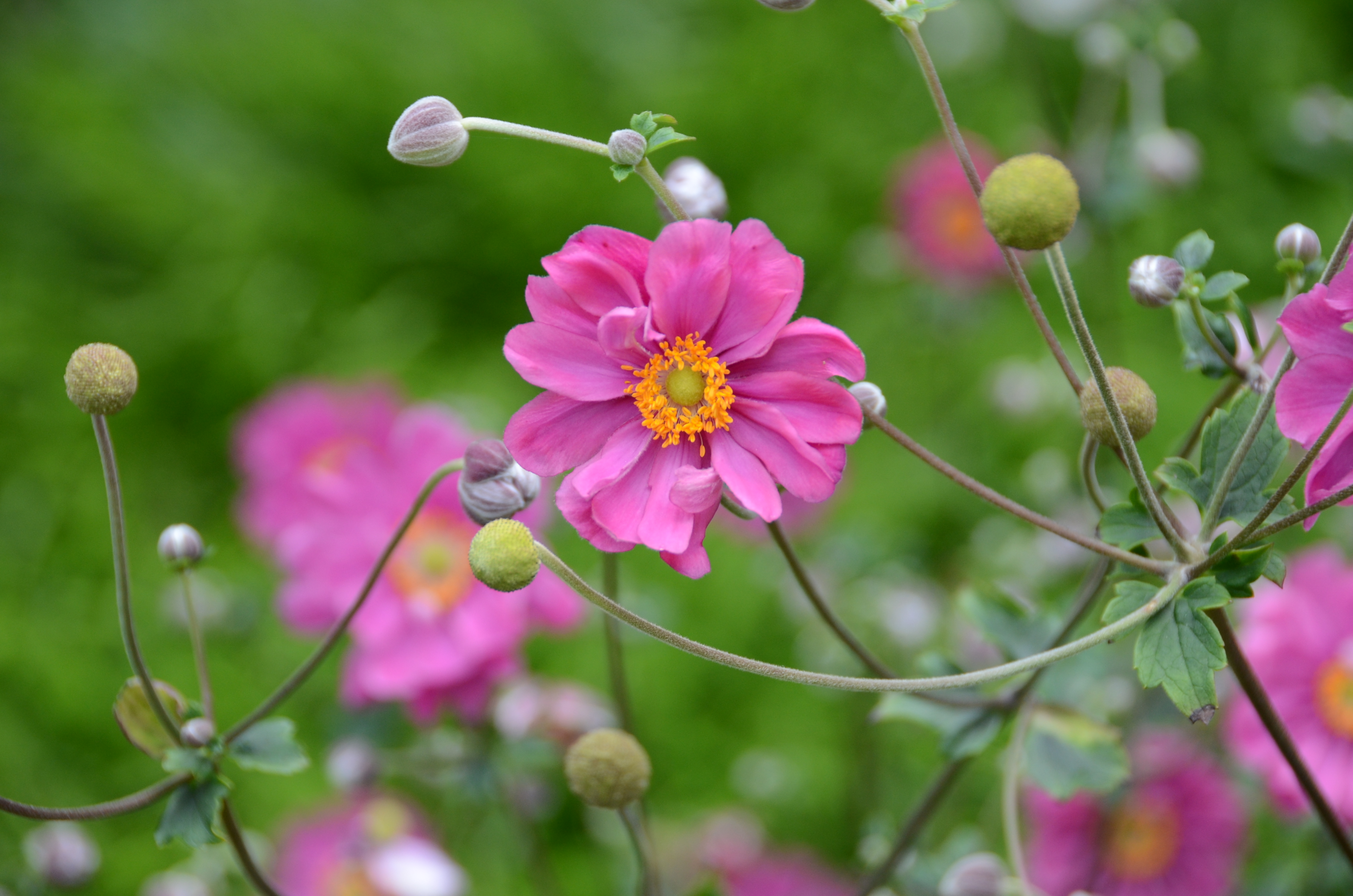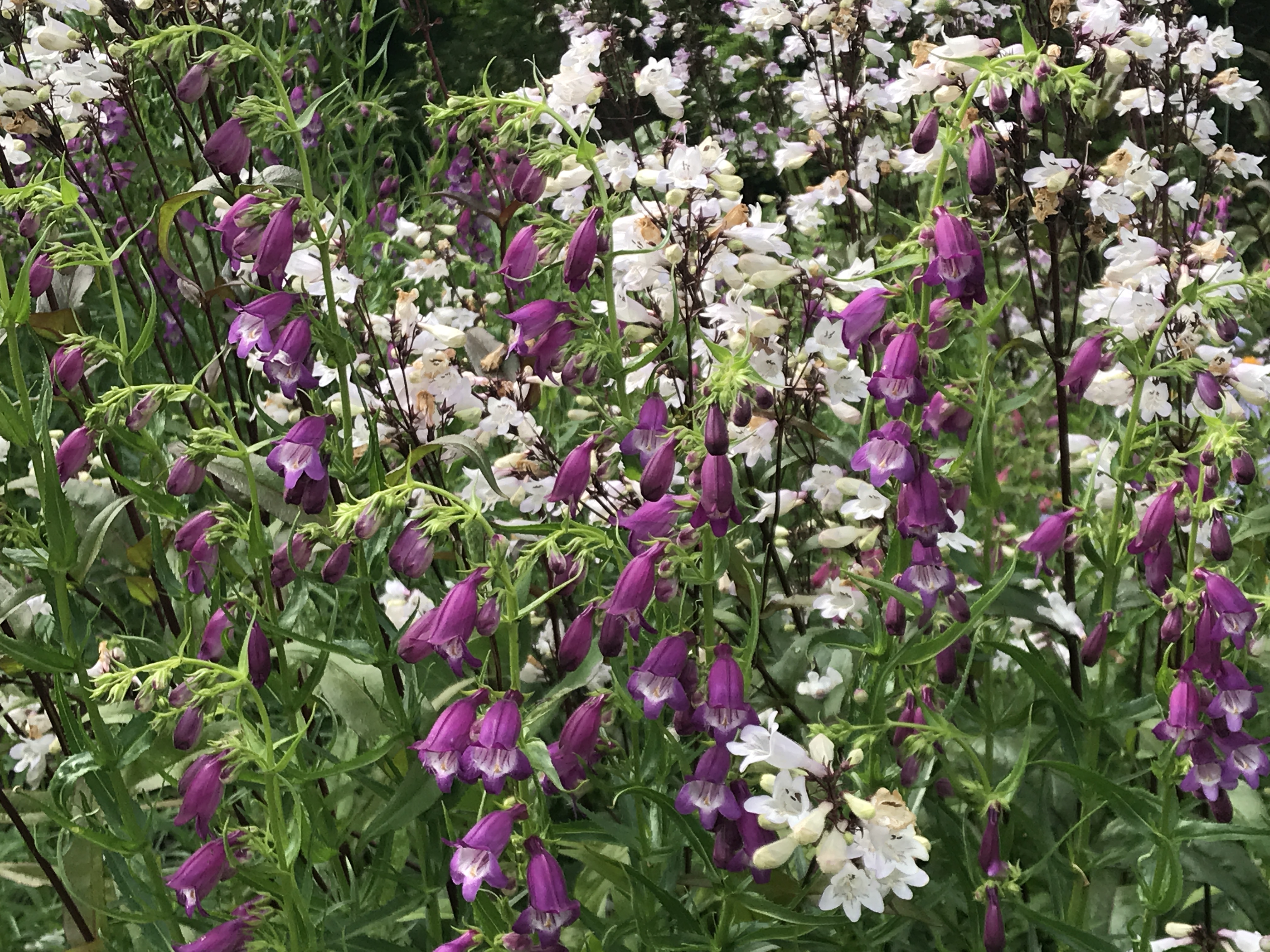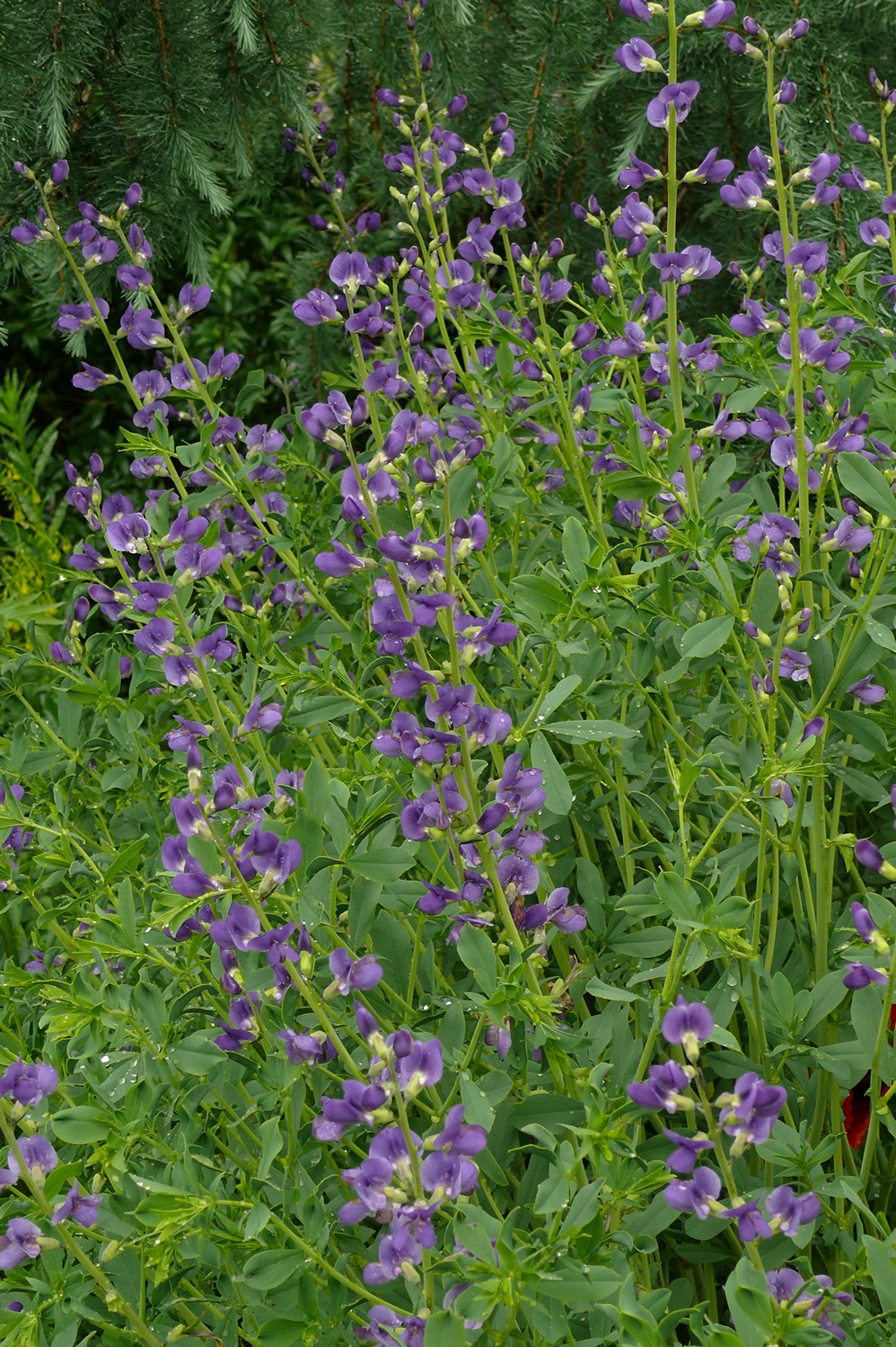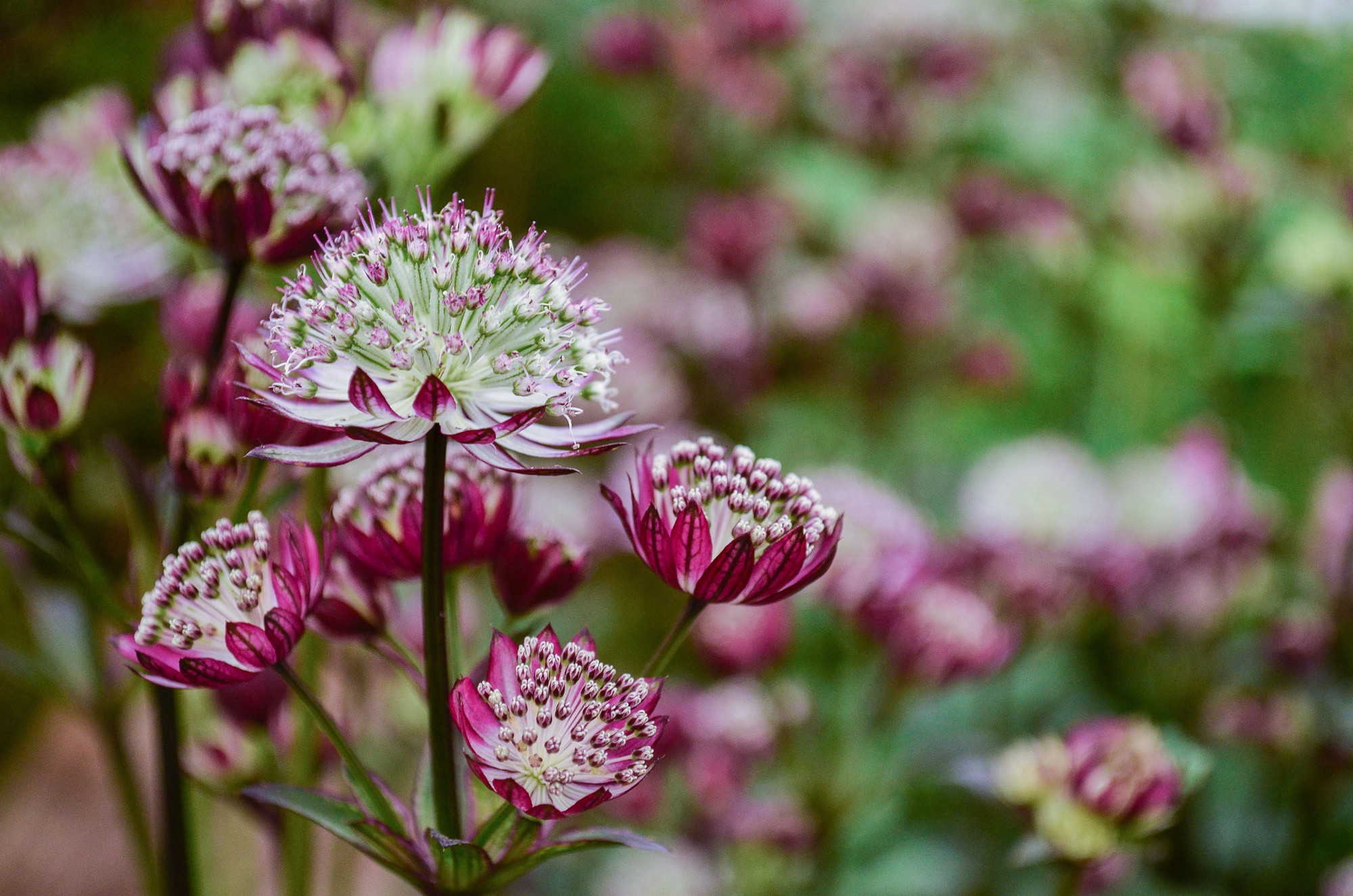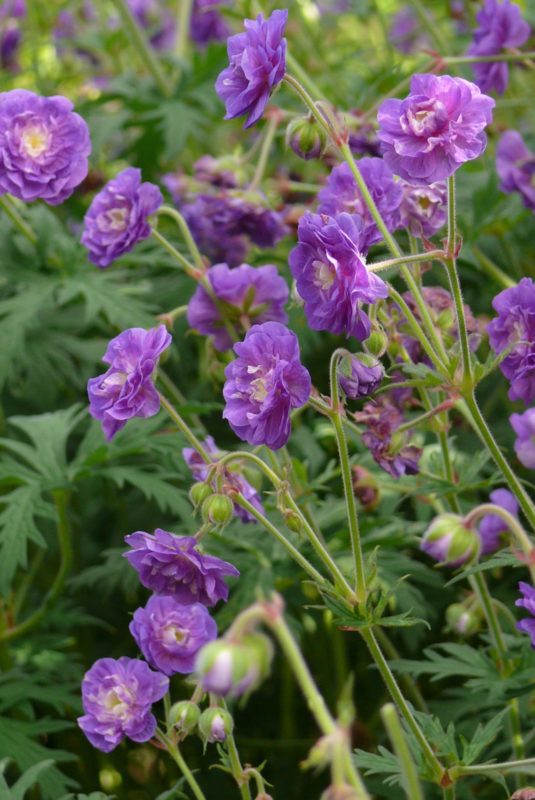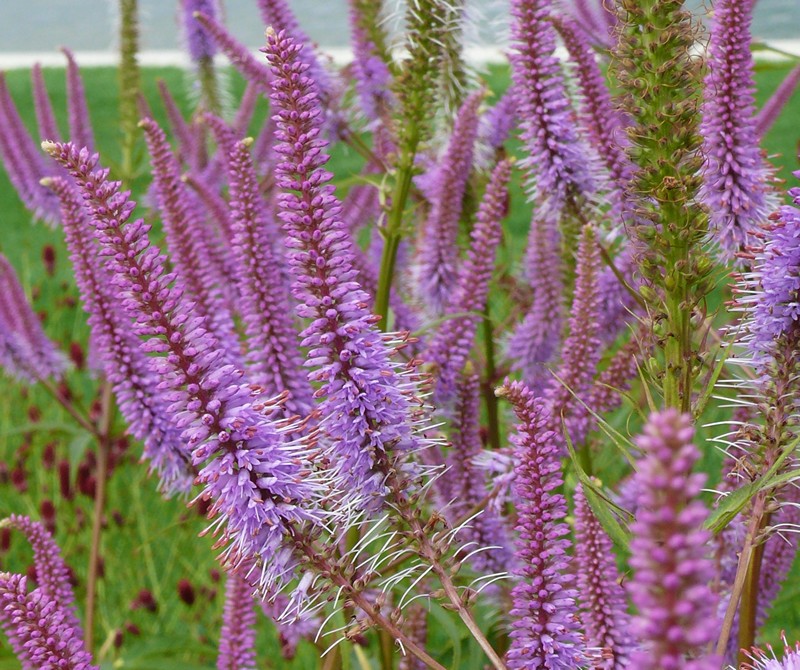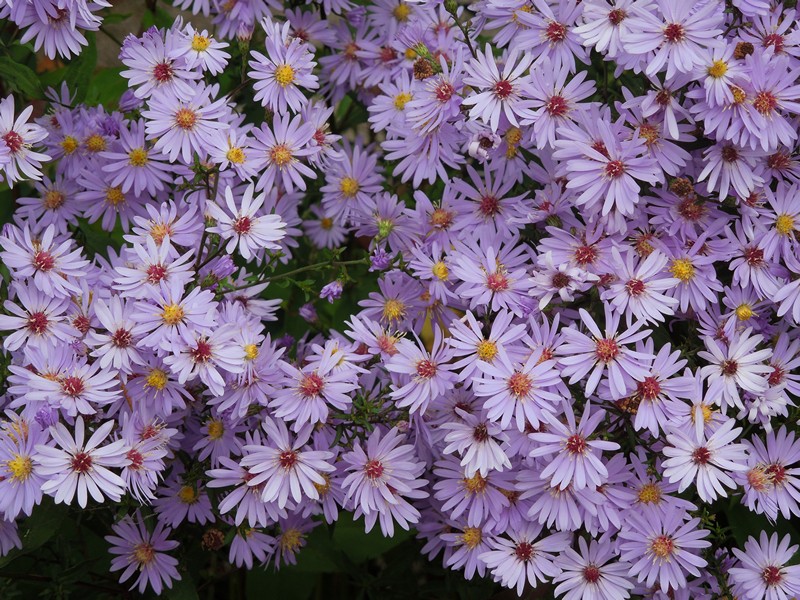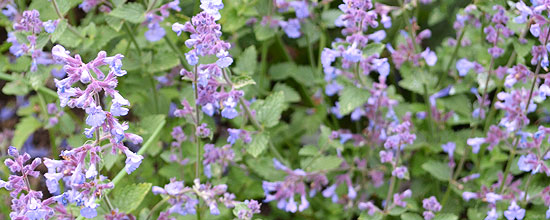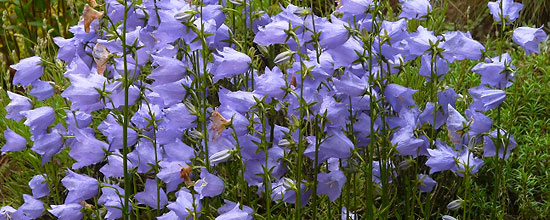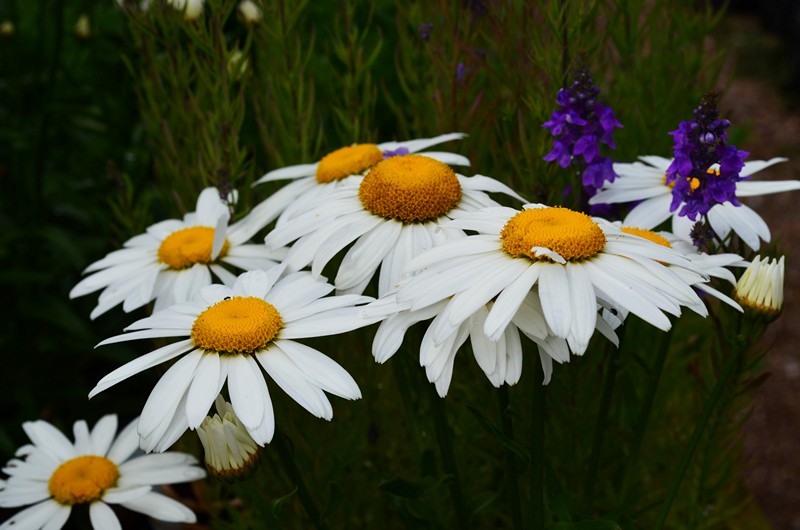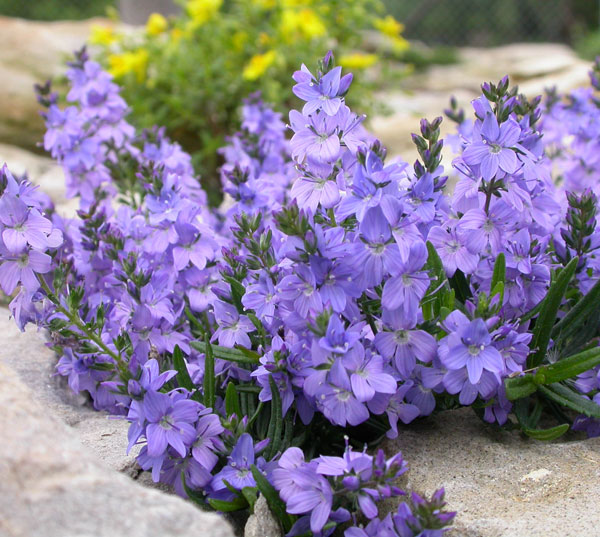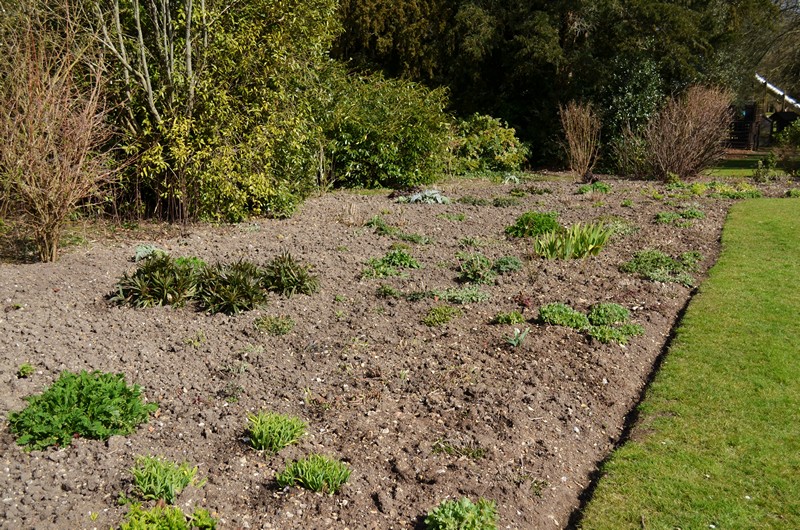Blooming perennial flower bed will surely belong to one of the most beautiful gardens partiím, and if the select suitable plants, then there is no problem to bloomed from early spring to late autumn.
As the name suggests'trvalky', regards plants hardy and sometimes used the name Peren is directly derived from Latin perennis - hardy. It is therefore a herbs, that remain on station for many years. Of course, if they are planted at optimal conditions. Now perseverance, and in particular, they can regularly for many years and bring nakvétat seeds is a major difference between perennials and annuals. Unfavorable period for vegetation, Thus, in our conditions winter, wait through perennials because of its underground bodies - the roots, oddenkům, tubers and onions. Overhead part in most species in the autumn dies. In nature, perennials meet at various sites, we find among them many mountain plants - known alpine plants. Furthermore, European or Asian plants bow with enough moisture, Plants North American prairies, Plants steppe regions of southern Europe, Asia and the Mediterranean, with a lack of moisture during the summer months. Of course not miss hydrophilic and stínomilné plants, as well as wetland species, growing in very humid, wetland habitats. It is therefore obvious, that claims perennials for planting can be very different and requires at least respect the basic requirements of plants, especially when planting perennial beds, or creating larger groups of plants, where a combination of several species and varieties of perennials. It is essential to take into account the demands for light and soil moisture, They play an important role and size of plants and flowering time. The ideal, of course, creating such trvalkového flowerbed, which blooms throughout vegetation.
Before planting a flower bed, resp. before taking plants need to realize how many species and also how many pieces we need. Perennials grow relatively quickly and at a heavy clip can very quickly fill the space, but this may be more detrimental. Too dense bed of aging rapidly and it is necessary to renew it before. At the lower species, which slowly grow enough staples 20-30 cm, higher and faster growing species, which make up the greater mass of leaf material, we can safely bet on the distance 40-50 (60)cm. It is necessary to remember, that despite, We rely on the bed of perennial species, not reckon with, that way, how plants vysázíme, last of the border must 10 or even more years. This in most cases is not right, "Lifetime" trvalkového patch is in the order years. Mainly 4-6 years is needed to patch hit, some plants rejuvenate, others limit or stop completely again. Even among perennials to find species that are rather short-lived (kopretiny, coreopsis varieties velkokvětého, bows), that often after 2-3 flowerbed years of disappearing. Other species are long-lived and still reliably withstand ten or more years, and their lifespan is limited by space rather, where they can grow. A signal for, the need to rejuvenate the flower bed plants can be transplanted eg. aging bunches. As we know it, such that the center of the clump. perennial aster is noticeably lower and smaller plants, less nakvétající apd., on the contrary, at the edge of a clump of plants are lush green and bloom without problems. It's a sign of, inside clump been missing nutrients and living space at all. To, how old we last flowerbed, depends precisely on the selected plants, density planting, on soil conditions and nutrition as well as the abundance of water.
Another important thing is the height proportions flowerbed. low, smaller perennials and species with a creeping growth we rely always on the edge of flowerbed. Medium varieties are for them, and then the tallest plants in the middle (if we see a flower bed from all sides) or backward (if necessary, front, or a wall apd.). The optimum time for planting perennials spring or early summer. Plants planted in this period well entrenched and wait through the winter better than perennials planted in the fall. It depends of course on how, whether we have the cultivated plants in containers, or contact bare. Plants in pots can bet almost all the vegetation, from early spring until relatively late autumn (around the end of October). Plant bare of vacant land, then we plant in the spring, and then late summer and early autumn the weather so by mid-October. By the winter would still be root.
Treatment of perennials on the station is relatively inexpensive. It is important to choose a suitable position according to the type of plants (sun / part shade, enough water / drier soil). Most perennials meets normal garden earth with enough to feed, or. soil enriched with compost. some species (e.g. Primula, Cough, Astilbe) benefit from the addition of peat substrate. Before the start of the vegetation is suitable fertilizing perennials some essential nutrients from fertilizer (nitrogen, potassium, Phosphor) optionally also containing other nutrients (magnesium, calcium). During the vegetation it is advisable to remove spent flowers, this can cause many species to encourage more nakvétání or lead directly to a repeat flowering, so. remontování. Remontuje good example. Delphinium or Salvia nemorosa. Suitable is the removal of diseased or infected parts of plant pathogens. In some cases, it may even help chemical protection, e.g. against fungal diseases such as powdery mildew Phlox paniculata, Monarda, Aster-belgii. The pests may frequently occur aphids. Selection of chemicals is quite broad and often changes, it is therefore advisable to consult the suitability of specific products in specialized store. If it is allowed planting density, during vegetation suitable okopávka and loosening the soil, and of course you need weeding, particularly hardy. Autumn, after the vegetation is needed to cut the plants are dead and in most species hurts winter blanket of pine twigs or refilling plant with a thin layer of peat (Monarda). some species (e.g. Penstemon, Hole, Lobelia) they can during the winter vymrznout, These then need to cover particularly thoroughly and preferably is always at least one plant in a cold greenhouse at about 5 ° C for re-amplification spring.
Examples of combinations of perennials in beds:
1) for perennial flower bed in full sun, while ensuring sufficient moisture: Aster novae-England, Aster-belgii, Delphinium, Monarda, Phlox paniculata, Penstemon, Erigeron, I Helenice, Heliopsis, Rudbeckia, Chrysanthemum, Geranium pratense, Lobelia
2) for perennial flower bed in full sun with uneven irrigation tolerant to drought: Papaver orientale, Hemerocallis, Geranium x cantabrigiense, Geranium, Geranium sanquineum, Platycodon grandiflorum, Gypsophilla repens, Gypsophilla paniculata, Veronica incana, Salvia lyrata, Eryngium, Aster linosyris, Aster amellus, Phlox subulata, Helianthemum, Pulsatilla, Achillea, Acanthus, Festuca, Helictotrichon
3) perennials for shade-bed in the shade while ensuring sufficient moisture: Heuchera, Tiarella, Cough, Anemone japonica, Astilbe, Epimedium, Lamium maculatum, Geranium wlassowianum, Geranium phaeum, X oxonianum, Primula vulgaris, Primula elatior, Polygonatum, MOUNTAIN, Viola
4) tolerant perennials temporary lack of moisture and shade: Geranium macrorrhizum, Vinca minor, Vinca major, Iberis sempervirens, Geranium x cantabrigiense
5) perennials with very high demands on soil moisture (waterlogged soil) a sunny or semi-shady habitat: Caltha palustris, Iris pseudacorus, Ligularia, Lythrum salicaria, Trollius, Primula japonica, Primula bulleyana, Primula chungensis, Primula florindae, Carex morrowii
Examples of perennials according flowering period:
| Early spring | Hepatica nobilis, Corydalis cava, Caltha palustris, Eranthys hyemalis, Helleborus niger, Primula acaulis, Primula rosea |
| Spring | Adonis vernalis, Convallaria majalis, Ajuga reptans, Doronicum, Epimedium, Geum, Iberis sempervirens, Myosotis, Omphalodes verna, Phlox subulata, Primula, Pulmonaria, Papaver orientale, Iris |
| End of spring / summer | Achillea, Aquilegia, Armeria, Campanula, Delphinium, Hemerocallis, Geranium, Dianthus, Iris, Paeonia, Papaver orientale, Polemonium, Trollius, Salvia |
| full summer | Achillea, Aquilegia, Campanula, Dianthus, Phlox paniculata, I Helenice, Monarda, Erigeron, Lobelia, Penstemon, Hemerocallis, Salvia, Nepeta, Hole, Echinops, Echinacea, Rudbeckia, Platycodon, Veronica, Delphinium, Heliopsis, Solidago, Salvia |
| End of summer / autumn | Solidago, I Helenice, Anemone japonica, Aster linosyris, Aster amellus, Aster novae-England, Aster new belgii, Leucanthemum rain, Boltonia asteroides, Helianthus, Chrysanthemum, Sedum telephium |
Plants should get or buy from renowned growers. They are preferable plants from domestic producers, which are tested in our conditions and have less problem of winter hardiness. Foreign imports are often very lightweight substrates, which přesychají and if the plants are immediately nevysází and little to no "pozapomene" then easy to dry. Uncertain may be sometimes wintering, when those cultivated in areas with milder climates may not be in our environment reliably zimovzdorné.
The article was published on the website of the Association Czech perenářů courtesy magazine Zahrádkář.





